1990s: The 'Dark Time' of X-Men Comics
For the past few years I've been reading through the X-Men comics. All of them. New Mutants, Excalibur, X-Factor...every title that existing in order of publication. This wasn't planned. I'd read the comics as a youngster and stopped during my teenage years. Through the x-cellent podcast 'Jay and Miles X-Plain the X-Men' I felt a need to go back to the beginning and see where it all started. So I read the first ten issues. Then I didn't stop.
I was explaining this to the guys in the local comic shop who'd noticed I wasn't keeping up with Batman comics as closely as usual. I also commented that I was finding it hard to keep motivated as the stories and characters I was up to were pretty poor. Another customer asked "what are you up to?"
"About mid-1998. Maggot and Marrow have joined."
"Ah," he replied. "The Dark Time."
Yes, he said it with capitals. Yes, it is pretty awful. But how did it get so bad? It wasn't a great time for comics in general, there were some obnoxious trends running their course, but X-Men in particular seem especially affected. Which is weird, because it started in such a great place...
THE GREAT STARTIn the year 1991 the long, long running writer and all-seeing ruler of the X-Universe was Chris Claremont and he was about to break all the records. The X-Men series as Stan Lee and Jack Kirby had created it was not a success and had already been cancelled before it was rebooted in 1975 by Len Wein and Dave Cockrun. They handed the reins to Claremont and he steered that ship true for the next 16 years, creating and controlling all the subsequent spin-offs. By the time he teamed up with rising star Jim Lee for the adjectivelessly titled 'X-Men' line (joining 'Uncanny X-Men', 'X-Factor', 'Excalibur' and 'X-Force') the X-Men were Marvel's flagship brand and 'X-Men' #1 retains its place as the best selling comic of all time. It took the spot from new spin-off 'X-Force' #1, giving the X-Universe the top two best-seller spots, where they still reside.
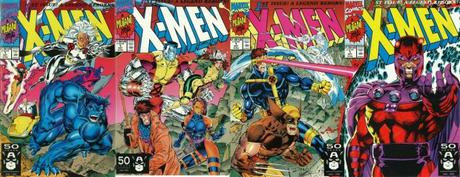
So things were good. Claremont was at the wheel, hot new talent like Jim Lee was getting on board and the original characters were all back together in one place for the first time since the 1975 reboot. Then things started to go wrong.
CLAREMONT LEAVESWith Bob Harras becoming editor there was a shift in power. Harras was held to account for any slip is sales figures, so he was willing to do everything he could to maintain his numbers. One big trend at the time concerned a new art style favoured by Rob Liefeld, Todd McFarlane, Jim Lee, Marc Silvestri and Whilce Portacio. Many pieces of Marvel merchandise focused on their art and characters, and they got an immense amount of control over any book they were working on. This didn't suit Claremont who'd worked on the X-Titles for half his life and now saw control of the stories going to new artists who turned in work late and were causing divisions at Marvel.
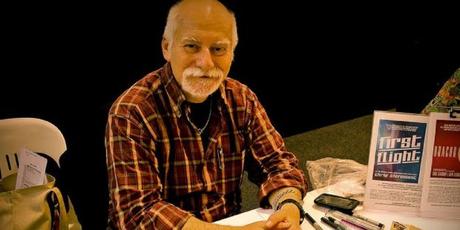
When a large group of artists and writers quit Marvel (in what was known as the X-Odus) to establish Image comics Claremont went them to escape from Marvel's creative policies. With Claremont, Lee, Liefeld and Silvestri leaving the X-Books were left without their creative leaders. By the end of it all things were being largely left in the talented hands of Fabian Nicieza, which was great, but the damage was done.
THE LEIFELD EFFECTRob Liefeld was part of the aforementioned push towards artist control, but his sudden popularity led to a few other trends that gripped Marvel. X-Men have always been the societal outcasts of Marvel universe, mostly being teenagers struggling with personal issues and powers beyond their control. Liefeld was more interested in rad, edgy, awesome badasses who all carried big swords and bigger guns. Cyborg parts, unrealistically heavy ordinance, mysterious backstories and tough attitudes were the order of the day. Starting with Cable and Deadpool, Liefeld's influence saw guns, knives, pouches and shoulder pads spread through the superhero world.
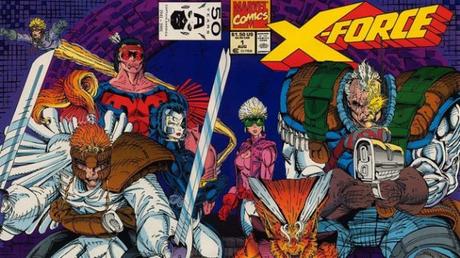
The distinctive design of Liefeld's superhero bodies also become a trend. Gone were the gawky teens, every man was now a hulking, rippling adonis with a shoulder width greater than their height. The women are twig thin, with balloon-like breasts and butts somehow both facing the audience at the same time.
'New Mutants' underwent a major line-up shuffle and turned from a gang of confused kids to a mercenary militia strike force. This was mostly to fit Liefeld's style and allow him to rip off Deathstroke a few more time. This superhero style became the norm for the bulk of the 90s.
TERRIBLE VILLAINSVillains from the previous decades of X-Men comics tend to stick around. Magneto, Apocalypse, Mr. Sinister, The Brotherhood and the Hellfire Club all became fascinating recurring foes. None of the new opponents in the 90s had any staying power.
Out of Liefeld's period of control we had bad guys just as spiky and shooty as his heroes. Deadpool was a generic ninja guy until more talented writers gave him a unique spin. Stryfe has a spiky boy awkwardly jammed into established character backstories to try and give him some significance (he's a clone of the time travelling child of Cyclops and a clone of his ex-girlfriend). With Stryfe came the MLF, which included such classics as Reaper (he has a scythe?) and Forearm (he has four arms).
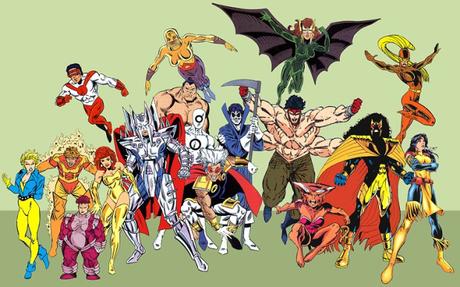
Shinobi Shaw was an edgy, cool version of his father Sebastian, as not as fun. Omega Red was a cheap version of Sabretooth, and The Soul Skinner was a cheap version of Omega Red. Fabian Cortez rose to prominence with the Acolytes, then faded into the background. Capping it all off was Onslaught, an evil amalgamation of Xavier and Magneto, driving a very silly and very disappointing event story.
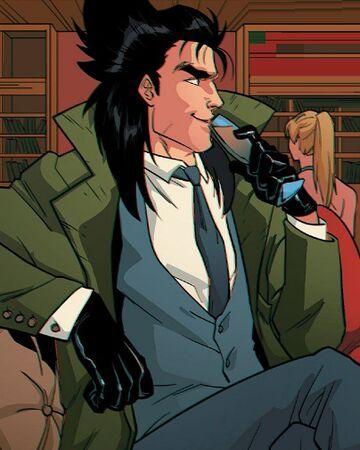
At least Dark Beast made the jump from the Age of Apocalypse. He wound up being very interesting.
TERRIBLE NEW RECRUITSPrior to Claremont's departure we'd had a couple of new X-Heroes that became fan favourites, including Gambit, Jubilee and Bishop. The next few years not only saw the smallest pool of new mutants joining the teams, it was the weakest selection we'd seen both before and after this decade.
Marrow started out well, being a rage fuelled maniac with a painful, physically debilitating and violent ability. Dr. Celia Reyes and her forcefield powers reluctantly fell in with the X-Men, but fought against the idea of being a superhero, which was also interesting. In the end neither did much of note and disappeared back to their old lives. Maggot was also a new comer during this period, but he was never interesting.
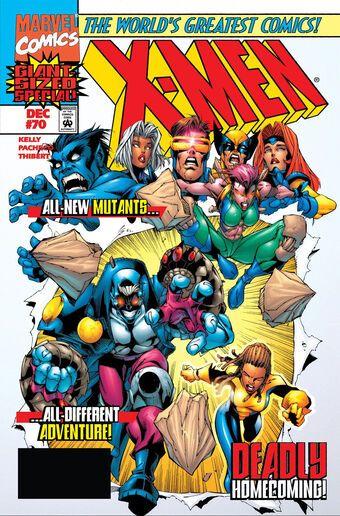
Also new during this period was Joseph, who was a younger Magneto, or a cloned Magneto...something that ultimately wasn't memorable.
SPECIAL EDITIONS AND CROSS-OVERSMarvel noticed something about their sales during this period of time. People are more likely to buy a comic with an eye-catching hologram, metallic ink in the cover or a baggie contained a trading card. They'd also be willing to pay more for these editions, and if there were multiple versions of the cover then they'd buy every version. It started with Spider-Man, but it tool over the entire Marvel line and quickly became obnoxiously common.
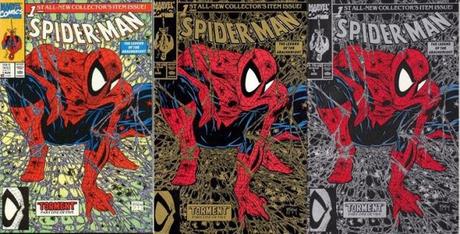
Cross-over stories were another big sells tactic of Marvel during this time period, and Claremont's X-Men run has some explaining to do on this one. 'The Mutant Massacre' was an experiment in running a story simultaneously through Uncanny X-Men, New Mutants, X-Factor, Thor and Power Pack. It was short, changed the status quo and was highly successful. So a few years later the idea was revisited for 'Fall of the Mutants', and then cranked up to a company wide scope for 'Inferno', a story that blend into all Marvel titles. Eventually it became an annual occurrence for a world-changing-but-not-really crossover 'event' to be published.
X-FORCE BECAME DIRECTIONLESSNew Mutants started life as a book about the youth of tomorrow preparing for careers in or out of the X-Men schools. With Rob Liefeld calling the shots, they became X-Force. This paramilitary iteration of the gang performed attacks on anything they deemed to be anti-mutant. This was all very closely tied to Liefeld's new team leader, Cable. With the departure of both Cable and Liefeld from the book, X-Force didn't know what to do with themselves.

First they kept the military outlaws going for a while, but became prisoners and then residents of the X-Men and Xavier's mansion. When they decided to go it alone they just...drove around. Without having a guiding ideology or purpose they travelled through the United States on a road trip before members of the group were absorbed into other teams or left to the wind.
X-FACTOR BECAME DIRECTIONLESSWhilst X-Force was wandering the land, X-Factor was restarting time and time again trying to find something that worked.
At the beginning of the 1990s the original X-Factor team had returned to the X-Men, their place being taken with a new team of lower tier characters who became part of a government initiative to manage mutant affairs. This was a fun time, giving Havok, Polaris, Wolfsbane, Multiple Man, Strong Guy and Quicksilver the chance to re-establish themselves in a new light.
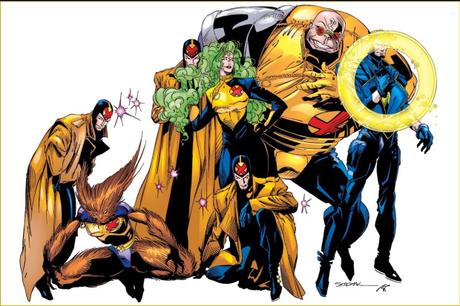
As members of that time drifted away, they were replaced with increasingly odd characters. Mystique, Sabretooth and Wildchild were weird enough, but they were soon joined by a...hologram of Bishop's sister Shard? This was followed by Havok running around with a couple of time-travellers, but this was barely getting off the blocks before Havok was blown into another dimension where he leads some evil X-Men.
INCREASINGLY INACCESSIBLE TO NEW READERSPicking up an issue of a comic line running in the 300's is going to be a tad off-putting. You've got a lot of history to get up to date on. The publication of the best-selling 'X-Men #1' went a long way to giving new readers an entry point, establishing a new team of widely popular character, reinvigorating Magneto as the lead villain and generally explaining itself pretty well. Before long we started getting complicated cross-overs that relied on retconning old lore for story impact.
'The X-Cutioners Song' put the focus on Stryfe, a new villain who hadn't yet been explained. During the story it is revealed that cyborg Cable is Cyclops' son returned from the future, and Stryfe is his evil clone. You get the Horsemen, Apocalypse, the Dark Riders, The Mutant Liberation Front, Mr. Sinister and four different X-Men teams bouncing around in a story that's complicated even if you're an avid reader. This was followed by the 'Phalanx Covenant', dragging out old, forgotten characters like Doug Ramsey and Cameron Hodge to make up the main villain.
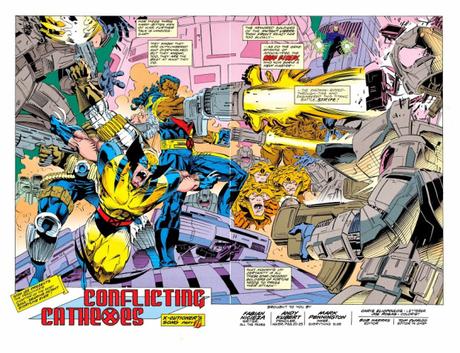
With stories becoming increasingly reliant on old lore and running longer stories across multiple titles, the 90s became a time where the X-Men were losing readers without gaining more.
Then the decade ended and Grant Morrison and Joss Whedon turned up to fix everything. Mostly.

